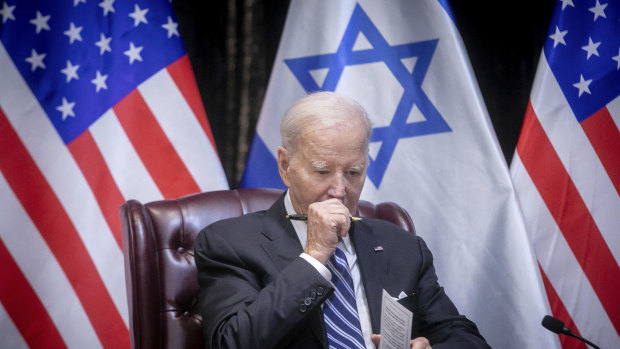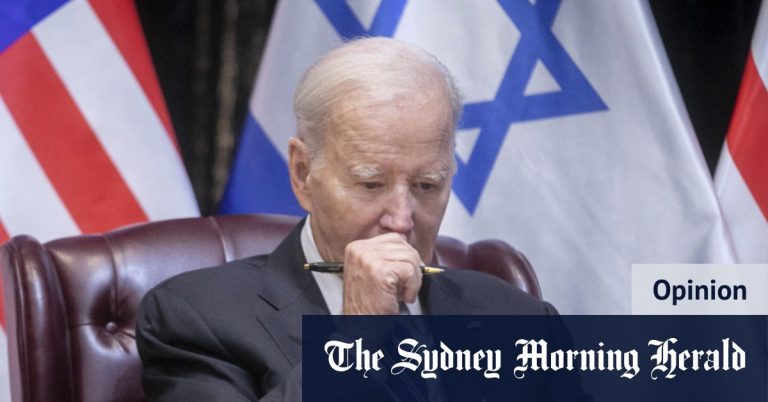The oil-rich, conflict-plagued Middle East is now in transition from its old, volatile conditions to a new, unpredictable situation. If the transitional process is not managed responsibly by the regional and major powers, and the United States in particular, the mixing of old and new fault lines carries with it the potential to expand and deepen the pattern of fluctuations in the region.
The ongoing war in Gaza has proven to be a major catalyst in this process, sparked by Hamas's horrific attacks on Israel on October 7, and expanded by Israel's devastating invasion of Gaza. As a result, the war put Israel and the United States in direct potential confrontation with their old adversary, the Islamic Republic of Iran, and its affiliates in the region.

Achieving peace in the Middle East requires major world powers, especially the United States.credit: AP
Publicly, both sides have shown a lack of interest in expanding the conflict in Gaza, but neither wants to lose the war, even if it risks regional confrontation, and thus, they have engaged in a mutual military exchange that crosses borders. Gaza to achieve its goals.
Israeli Prime Minister Benjamin Netanyahu, under legal siege on fraud charges, has shown a firm determination not only to level the Gaza Strip to the ground at the cost of an unprecedented massacre in the Middle East, but also to tighten control over the occupied West Bank. He also expressed a strong desire to eliminate any threat from the Iranian-backed Lebanese Hezbollah group, the Syrian regime, and Shiite militias in Syria and Iraq. These forces, along with the Houthis in Yemen, constitute the “axis of resistance,” or what Israel and its main international supporter, the United States, call the “axis of evil” that supports the Palestinian cause. President Joe Biden's administration has shared this perspective, and has so far failed to put enough pressure on Israel to agree to a ceasefire and thus prevent the conflict from spreading.
download
In recent weeks, to Tehran's deep dismay, Israel has taken actions that include killing the deputy leader of Hamas and a senior Hezbollah commander in Beirut, and an Iranian general in Damascus. These targeted assassinations indicated that Jerusalem would prefer to expand the conflict in order to drag Iran – an “existential threat” to Israel – into a confrontation in which the United States fully supports Israel.
On the other hand, Iran mostly relied on its subsidiaries to protect its interests. Hezbollah and the Houthis, as well as other proxies, have actively supported Hamas and the Palestinian cause. Tehran has focused on the specter of Israel exhausting itself in Gaza and reducing its international standing, along with that of the United States, given the resilience of Hamas and the massacre being committed in Gaza.
At the same time, Tehran has prepared for any spillover of the conflict at a time when its regional position is relatively strong coupled with the strength of its regional network of affiliates and its close ties with Russia and China.
It is inconceivable to imagine that Tehran does not coordinate with Moscow and Beijing in the calculations of its regional strategy. In any direct clash with Israel, the United States, or both, Tehran is expected to rely on diplomatic and material support for these global American adversaries. This is an issue that the Biden leadership cannot ignore when considering its options regarding the length of time and support it can provide to Israel.

